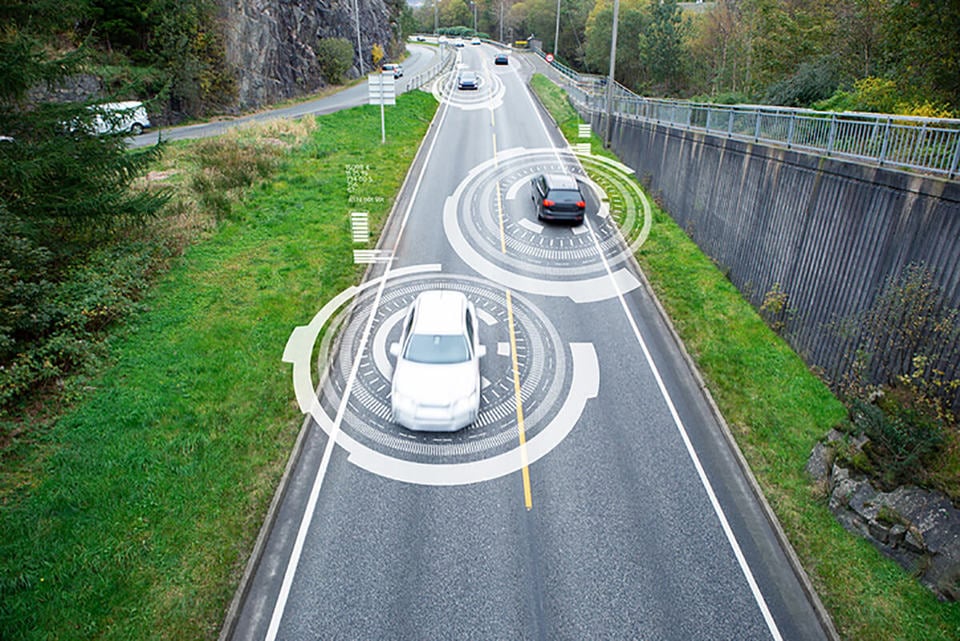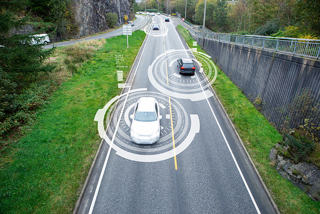Some drivers don’t know that features such as autonomous emergency braking (AEB) are fitted to their vehicle and have little idea how they work.
That’s according to Arval, which says fleets need to ensure their drivers understand advanced driver assistance systems (ADAS) fitted to their vehicles to ensure that they make a positive impact on safety.
Shaun Sadlier, head of consultancy at Arval, said: “A large range of ADAS devices are making their way onto company cars quite quickly in all parts of the market. This is a good thing, as they can have a definite impact on the safety of drivers and other road users.
“However, because of the unobtrusive nature of many of these devices – they usually don’t make themselves known until they are needed – drivers often don’t know they are fitted or what they do.”
Sadlier says most fleets can tell anecdotes about drivers who didn’t know they had city braking on their car until the moment came when the vehicle started braking for them.
“In one respect this is fine, because the technology is working, but it is also really a failure of education,” said Sadlier.
“Perhaps the most pertinent example I have heard is a driver who was puzzled that their car kept alerting them when they passed a coffee shop. In fact, it was the alertness system advising the driver to stop and take a rest. This has definite safety implications.”
Sadlier believes fleets need to incorporate a degree of ADAS education into their fleet policies and supporting documentation.
“Certainly, if there is safety equipment fitted to a company car and you have not checked that the driver knows how it works, then you are neglecting something that could prevent injury or save a life,” he said.
“As more and more ADAS equipment is fitted to cars, this is going to become more of an issue and fleets would benefit from proactively responding to support their drivers.”
Arval has produced a guide on ADAS devices that can be accessed at arvalfleettoolbox.co.uk.





















Login to comment
Comments
No comments have been made yet.